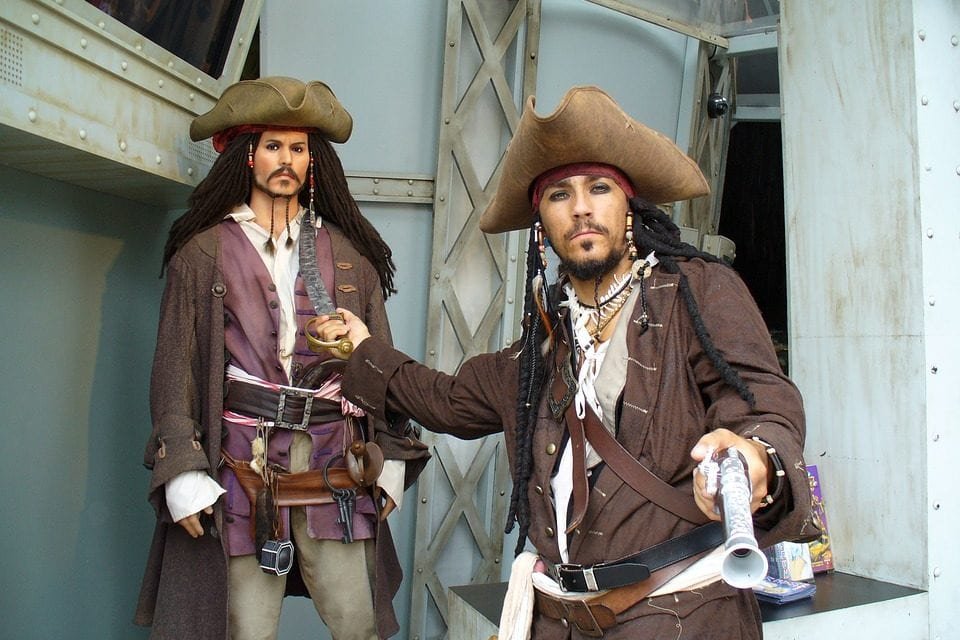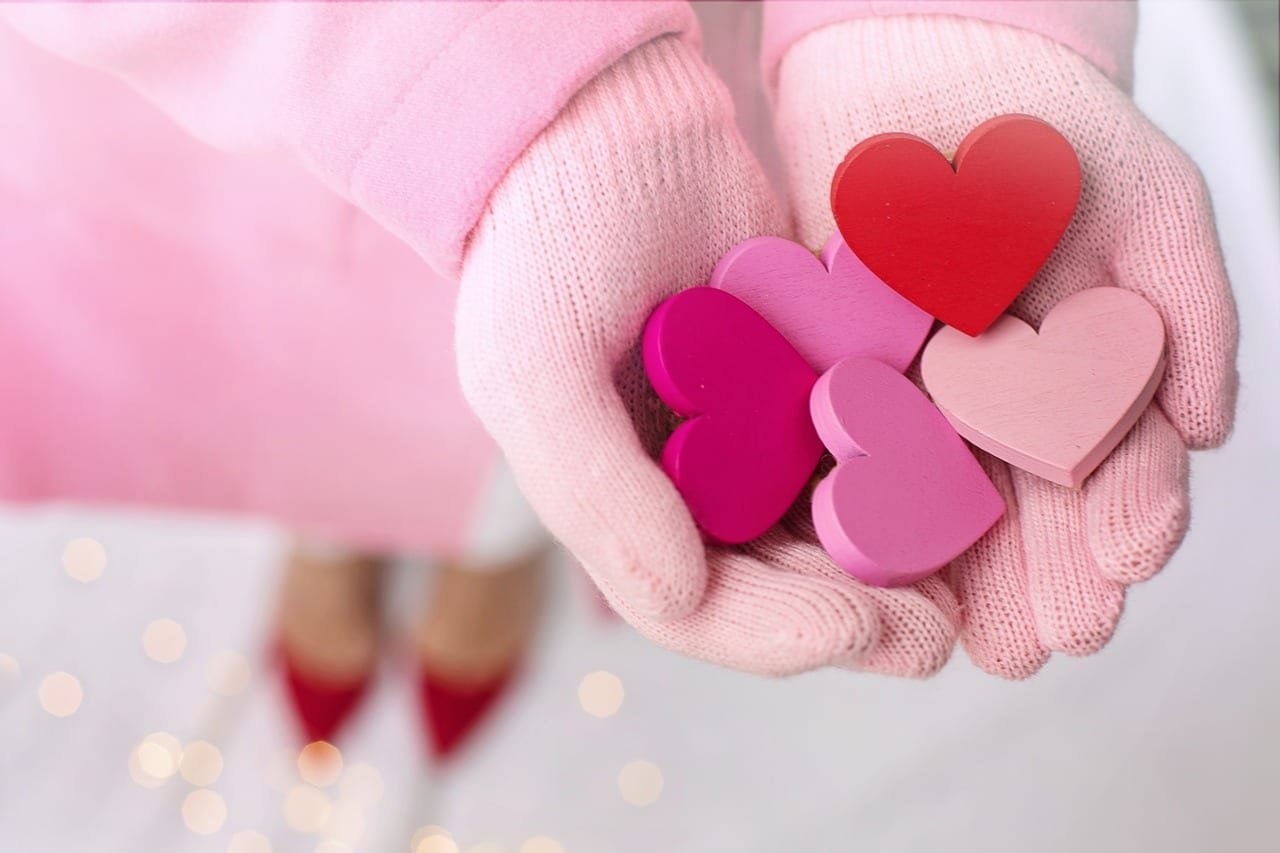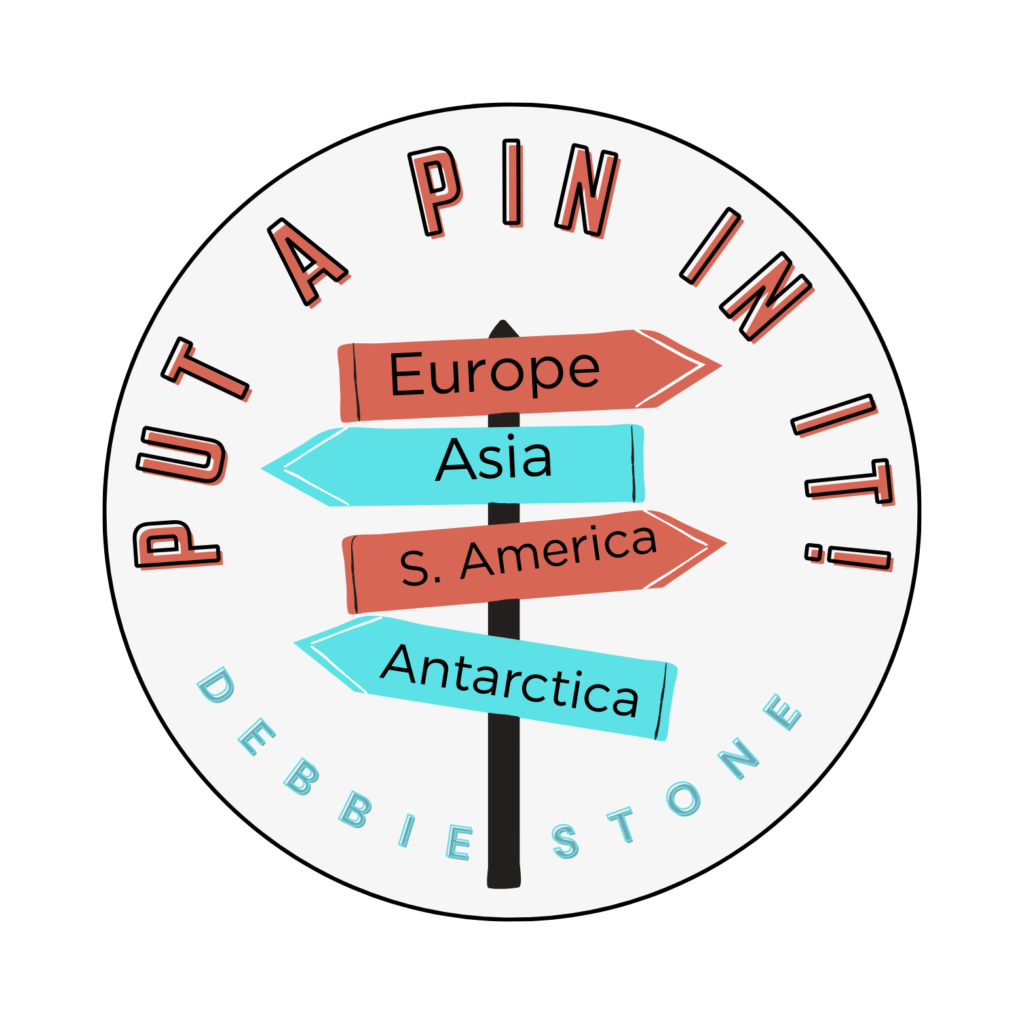Editor’s Note: This article has been updated since its original publication date. (2024)
By Kathy Hardess
It’s fall and Halloween party invitations are starting to trickle in. More and more parties now are costume-themed. I was just invited to a Pirates of the Caribbean-themed Halloween cookout. It got me thinking about my costume and decided to share my DIY tips. If you plan to attend a pirate-themed event or a costume festival, you can have options that require little time. Find the most suitable materials in your own home and get creative with a costume that is both suitable for chilly weather and sunny days!
Traditional Elements of Pirate Clothing
To create your own homemade pirate costume, you’ll need to gather the main materials. The best thing about a pirate costume is that you most likely already own some of them in your wardrobe, and other can be easily found at a thrift shop.
- Shirts: Shirts with puffed sleeves were common with pirates. Ship captains would also favor an extravagant waistcoat or doublet.
- Pants: Breeches and trousers were the lower body garment of choice for pirates. Both are quite different from the kinds of pants we wear today. Breeches cut off just below the knees and trousers are high-waisted pants with a flap in the front. You may not find either of these in your closet, but they are in stock of casual retail stores.
- Footwear: Pirates were flexible when it came to footwear. They wore many types of footwear, ranging from thigh high boots to no shoes at all! In the warm spring months, sandals may make a bold choice for your homemade pirate costume.
- Hats: Pirates wore bandanas to keep sweat out of their eyes, knitted wool caps (also called Monmouth Caps) or Tri-cornered hats commonly made from leather.
According to an article on Smithsonian interviewing pirate literature, author Laura Sook Duncombe says, “You have your choice of approaches for a female version.” Historically, not all women in piracy masqueraded as men. Many were able to present as feminine. Still, in making a female pirate costume you can decide to go as traditionally feminine or as under-cover masculine as you want without sacrificing historical accuracy.
Components
So, of all these elements what can you use from your own home to make your costume fast? You may be surprised!
- A loose-fitting shirt: Whether you’re making a men’s or women’s costume, a loose-fitting shirt is an essential. To create the illusion of puffed sleeves, try pulling the sleeve cuffs up to your elbows. Then, pull the excess material over the cuffs, leaving it loose and puffy. Tucking in the shirt at the base and then tugging on the material until it bunches can also help with the look.
- High-waisted pants: High-waisted pants make a great element if you happen to own them. Otherwise, you can create the illusion with a sash above the waistline. Don’t be afraid to use mismatching colors, as this was a staple with 14th to 17th century pirates.
- Footwear: As mentioned above, pirate footwear varied greatly. Boots make a great look to incorporate into your costume, but walking bare feet was also not uncommon. Take care to keep safety and hygiene in mind if you decided on this option.
- Headwear: It’s unlikely that you happen to own a tri-cornered hat, but don’t worry. Bandanas are by far the most recognizable head ware for pirates and it’s also likely you already have on, or the materials to make one. Most any square or wide strip of fabric will do! Knitted ski caps can also be used to mimic a Monmouth cap.
Finally, We Cannot Forget Accessories
- Jewelry: Pirates regularly wore bracelets, large earrings, pins, ornate buttons, and fancy belt buckles. These are all great elements to incorporate to give your pirate outfit a little more shine.
- Braids and ribbons: Braiding your hair, or braiding fabrics and ribbons into your hair was a classic pirate accessory. If you have a beard, try putting in a few braids, but maybe don’t follow the example of Blackbeard and light them on fire!
- Scarves: Scarves or neckerchiefs are also excellent additions to your pirate ensemble. Again, remember that colors, patterns, and fabrics do not have to match!
Bringing It All Together
Creating your own pirate costume is a great way to save some money. Once you have all the main components of your costume, it’s all a matter of getting the details just right! If your costume items are disposable, don’t be afraid to rough them up. Dirt, rips, and wrinkles wouldn’t be out of place in a pirate’s outfit.
If you don’t want to use actual dirt on your skin or clothing, neutral-toned makeup will work just fine. It also matches the spring atmosphere of events. Teasing out your hair could give it the appearance of a sea salt tousled pirate’s locks and brushing up on your pirate’s vocabulary will be sure to really sell your pirate costume.
















